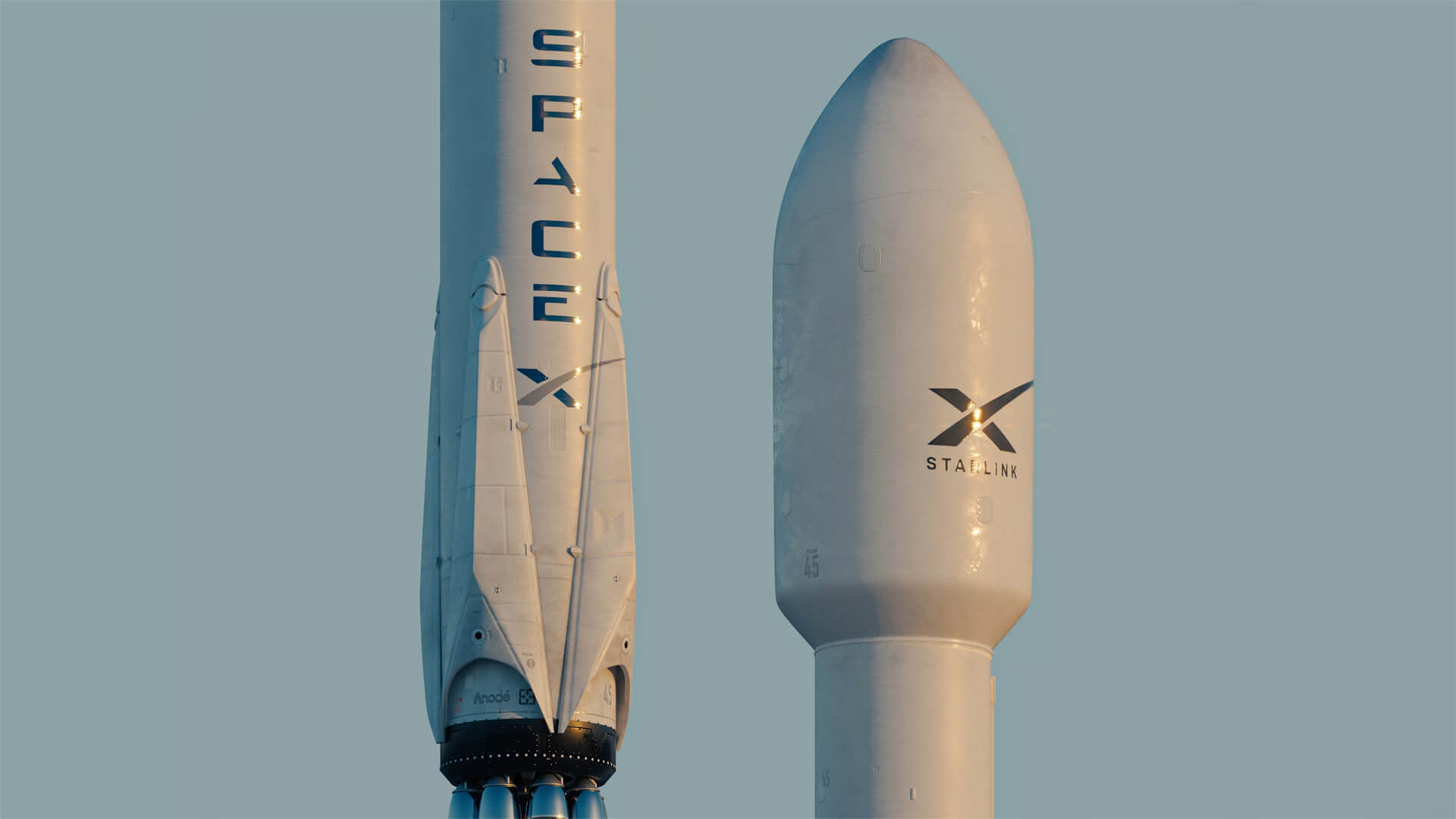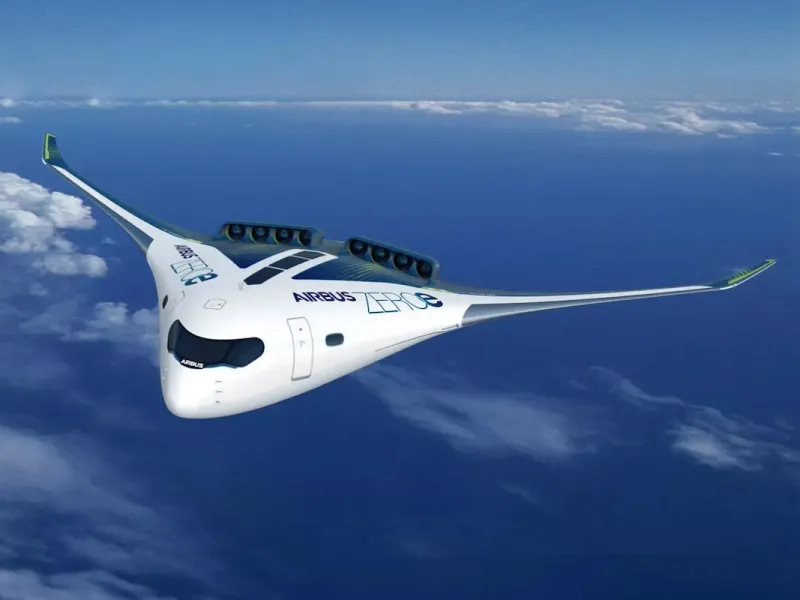In April 2021, NASA’s tiny Ingenuity became the first aircraft ever to achieve powered flight on another planet. This experimental drone transformed our approach to Martian exploration — and inspired new missions that could utilize aerial scouting beyond Earth.
What Is Ingenuity?
Powered by solar-charged lithium-ion batteries and weighing just 1.8kg, Ingenuity is a compact, autonomous helicopter designed to test flight in Mars’ thin carbon dioxide atmosphere. Equipped with twin coaxial rotors spinning at -2,400rpm and two navigation cameras, it relied on onboard guidance since real-time remote control is impossible across millions of miles.
Milestone Flights & Mission Achievements
- First Flight (April 19, 2021): Hovered at 3 meters for -40 seconds–a “Wright Brothers moment” on Mars
- Far Beyond Plan: Originally intended for just 5 test flights over 30 days, Ingenuity went on to complete 72 flights over nearly three years, covering over 17km and totaling -2 hours of cumulative flight time.
- Advanced Operations: Served as an aerial scout for the Perseverance rover, autonomously chose landing sites, survived dust storms, and endured frigid Martian winters.
Engineering Challenges & Design Triumphs
Ingenuity faced a harsh environment: Mars’ atmosphere has only 1% the density of Earth’s density. To compensate, its rotors spin nearly 10 times faster than Earth-based helicopters, and its lightweight, 1.2m diameter blades maximize it.
Built with a carbon-fiber frame, solar panels, and advanced navigation algorithms, the helicopter flew fully autonomously–from takeoff to landing–thanks to flight plans uplinked via Perseverance.
Legacy and What Comes Next
Ingenuity’s success is reshaping future exploration. NASA and ESA now plan sample-return helicopters to collect Martian soil and rocks, using automated aerial vehicles to assist ground missions.
Researchers are also developing next-gen rotorcraft capable of operating in rough terrains, utilizing jetpack-aided mid-air deployment and improved odometry for rugged landscapes.
From a modest technology demonstration, Ingenuity became a transformative scout on Mars, proving flight is feasible in an alien atmosphere. Its record-breaking flights laid the groundwork for future aerial explorers–perhaps even helicopters that return Martian samples.



